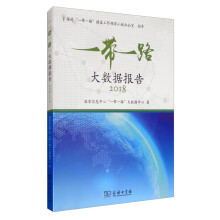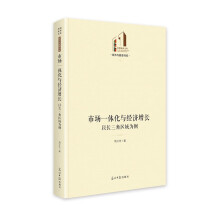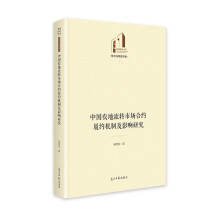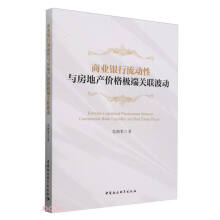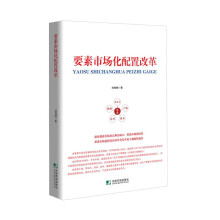From the very beginning of its development, Pudong has been influenced and impacted by globalization, the New Area being at the very forefront of China’s opening to the outside world. Let us review this issue under seven differ- ent headings.
1.Trade Liberalization
Trade liberalization is a primary indicator of economic glo- balization. By joining the WTO or regional integration organizations, sovereign nations sign agreements, lower their tariffs, reduce non-tariff barriers so that trade liberalization speedily widens its scope. Concurrently, the scope of liberalization has extended from traditional exchange of goods to the fields of technology, finance and other services.
During the three-decade-long reform and opening up, the Chinese government has pursued a course of gradualism in its liberalization of trade and investment. This has led to a speedy upturn in China’s trade and economy as a whole, readjusted its foreign trade pattern and industrial structure, and vastly im- proved its trade and investment environment as well as remov- ing some infrastructure bottlenecks to economic development such as transportation and communications. All this proves that China can develop faster and better only when it actively takes part in all aspects of the globalization process.
China joined the WTO at the end of 2001. Very soon, its import and export trade volume registered increases of 20−30 percent annually. By 2007, its foreign trade figures reached 1,500 billion US dollars, making it the third largest trading na- tion in the world, surpassing Japan and next only to the US and Germany.
The performance of Pudong at the forefront of China’s reform and opening up has been particularly outstanding. Taking advantage of China’s entry into the WTO, Pudong was one of the first among China’s cities to provide national treat- ment to foreign-funded and non-state-owned Chinese foreign trade enterprises in foreign trade operating rights, export rebates and quotas. This has invigorated the export system and mechanism through heightened competition among enterprises of varied backgrounds. Pudong’s export experienced an amazing “triple-jump.” In 2001, Pudong’s export amounted to 11.5 billion US dollars. It took 11 years to reach that goal. Two years later, in 2003, the number shot up to 21.2 billion US dollars. Then, within just one year, i.e., in 2004, the third leap was achieved, reaching 32.4 billion US dollars. As to im- port, the leap in volume was even more impressive. It jumped from 3.4 billion US dollars in 1995 to 52.2 billion in 2005, the average annual increase rate being 31.4 percent. In 2007, Pudong’s combined import and export figure totaled 128.1 billion US dollars, accounting for more than half of Shang- hai’s total.
展开

